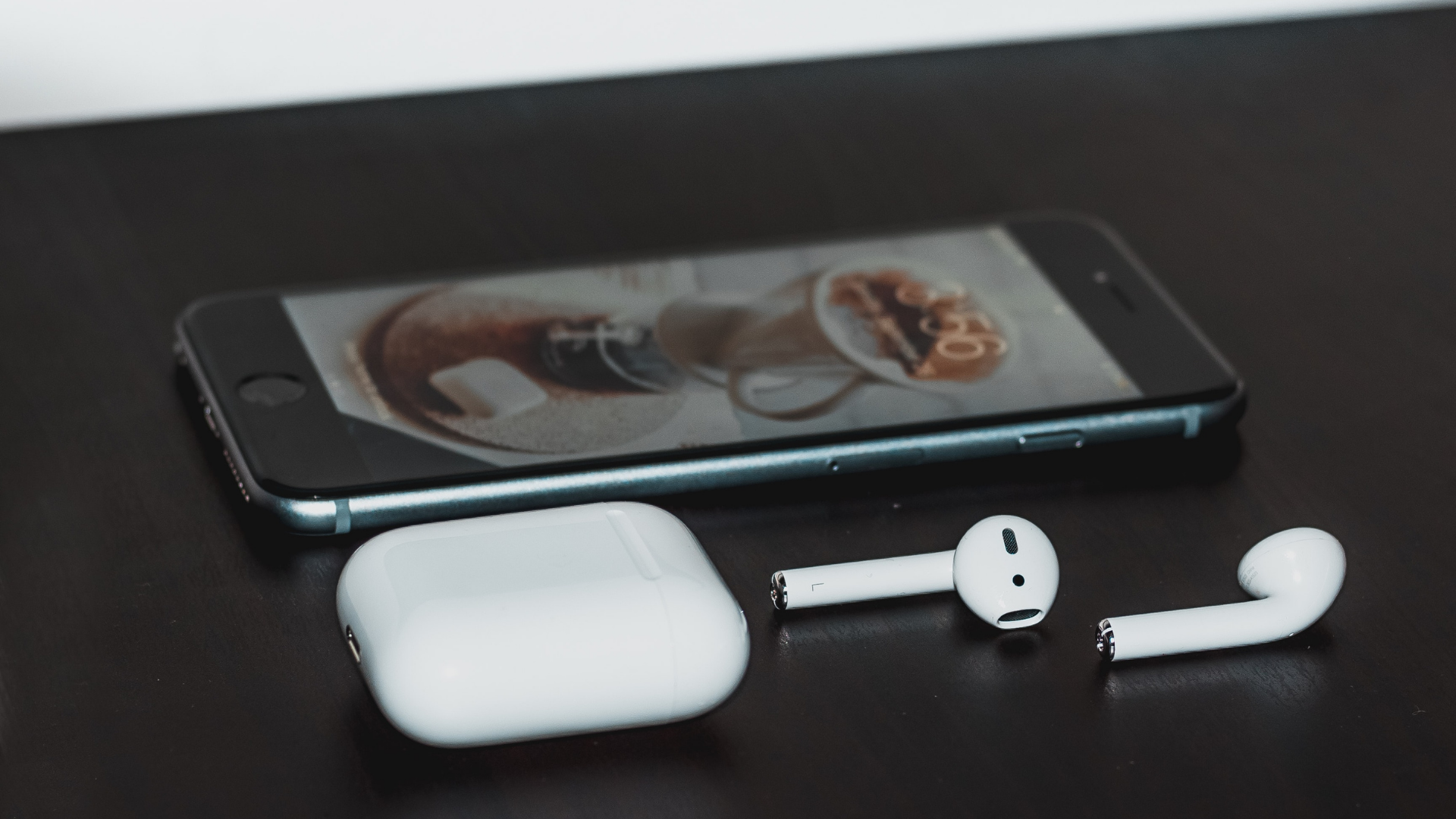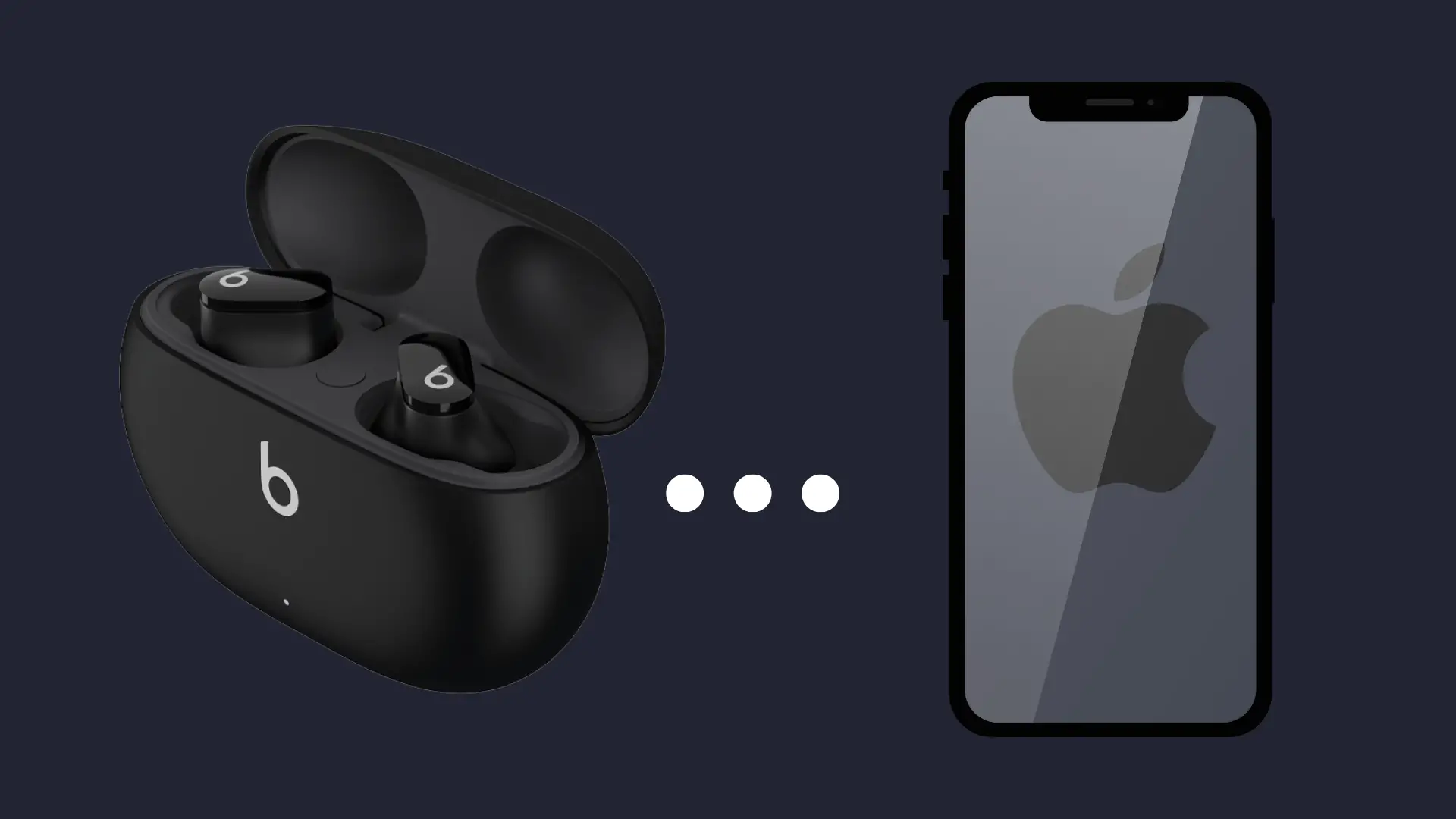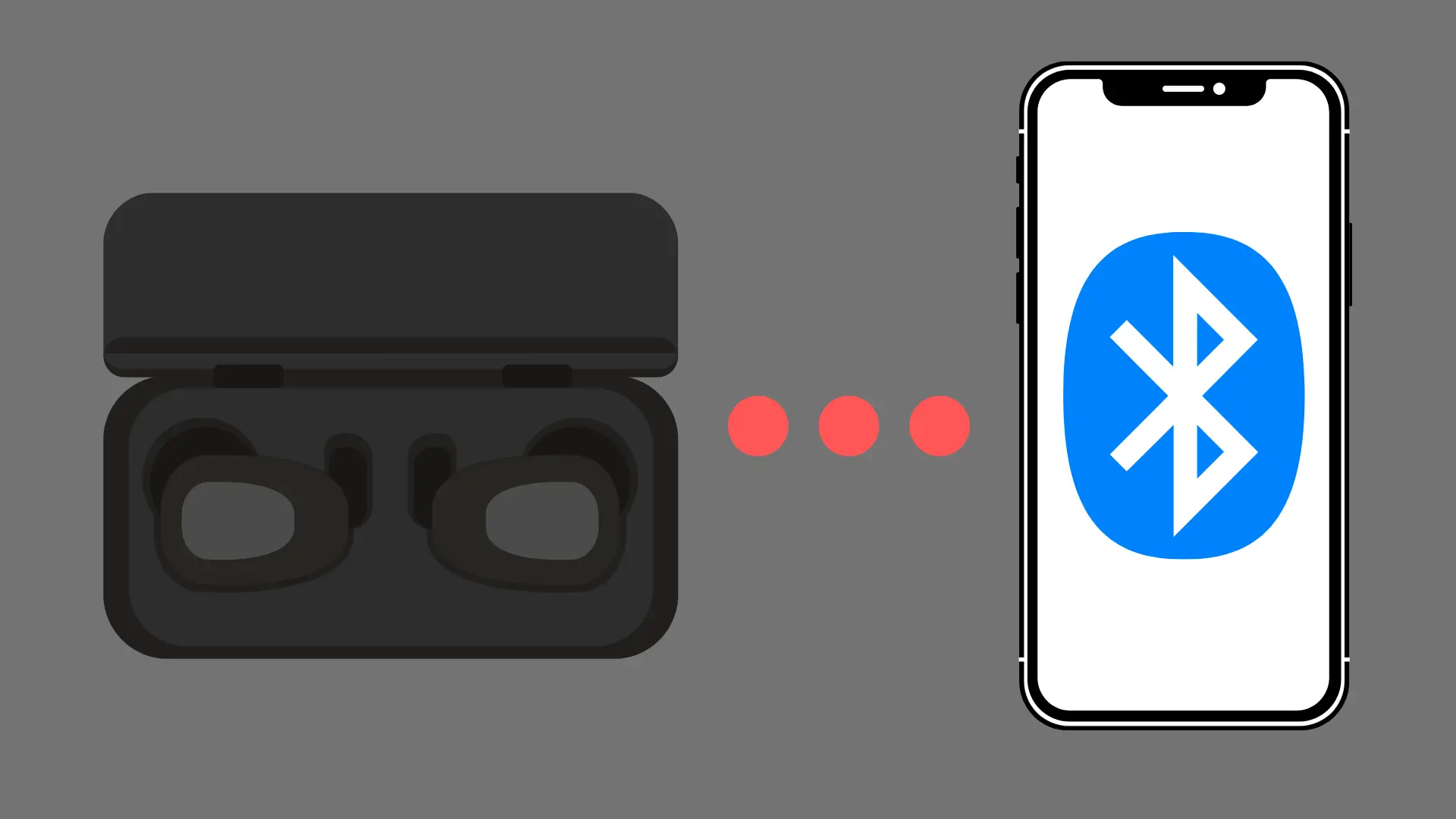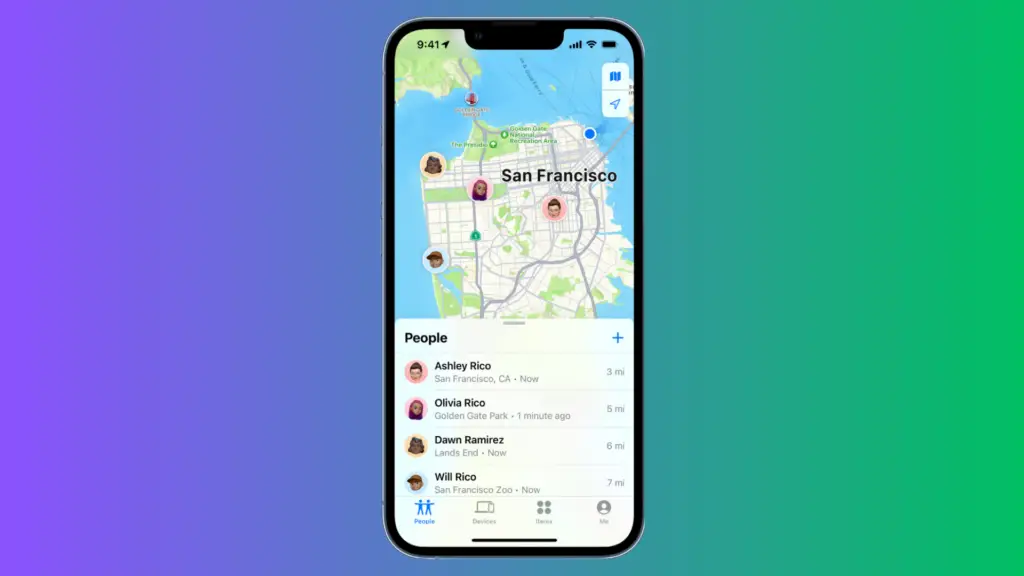
In the era of smartphones and constant connectivity, the ability to share one’s location has become an important feature for many. Apple’s iPhone provides users with several options to share their location with others, such as through the Find My Friends app. However, questions may arise about whether blocking someone on an iPhone will also affect the visibility of their location.
Understanding the relationship between blocking and location-sharing can help iPhone users make more informed decisions about their privacy settings. Users should be aware of the implications of blocking someone and consider whether adjusting their location-sharing settings might be necessary to maintain their desired level of privacy.
Blocking Someone on iPhone
Blocking a contact on an iPhone primarily restricts communication, such as calls, texts, and emails. Although the blocked person might not be able to send messages or call the blocker, they could still see the blocker’s location in some cases. This is because the location-sharing feature in the iPhone is not necessarily affected by the blocking function.
When an iPhone user decides to block someone’s contact, it impacts several communication features. Blocking a contact on iPhone restricts that person from making phone calls, sending text messages, and initiating FaceTime calls to the blocker. Additionally, any voicemails the blocked contact attempts to leave will be stored in a separate folder, making it harder for them to reach the person who has blocked them.
However, the question of whether the location of a blocked contact can still be seen depends on the settings and apps used for sharing location data. For instance, if sharing location with the blocked contact was enabled through Find My Friends or the Find My app prior to blocking, it’s possible that the location of the blocked person will still be visible to the blocker. To stop seeing their location, the blocker can remove the blocked person from their list of contacts in the location sharing app.
On the other hand, if location sharing was never enabled between the two parties, blocking a contact on iPhone will have no effect on location visibility. In any case, it’s essential to review the settings on apps that share location data if complete disconnection from the blocked contact is desired.
Effects of Blocking on Location-Sharing
Find My App
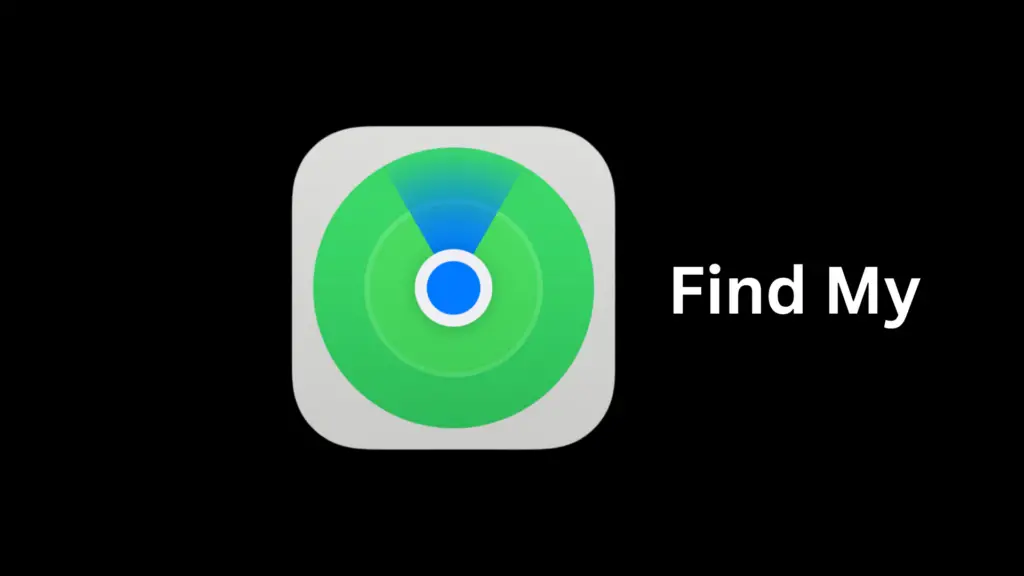
Blocking someone on iPhone affects the Find My app. The person who has been blocked will no longer be able to see the blocker’s location. Similarly, the blocker cannot see the blocked person’s location. This restriction applies even if both parties were previously able to view each other’s location using the app.
iMessage
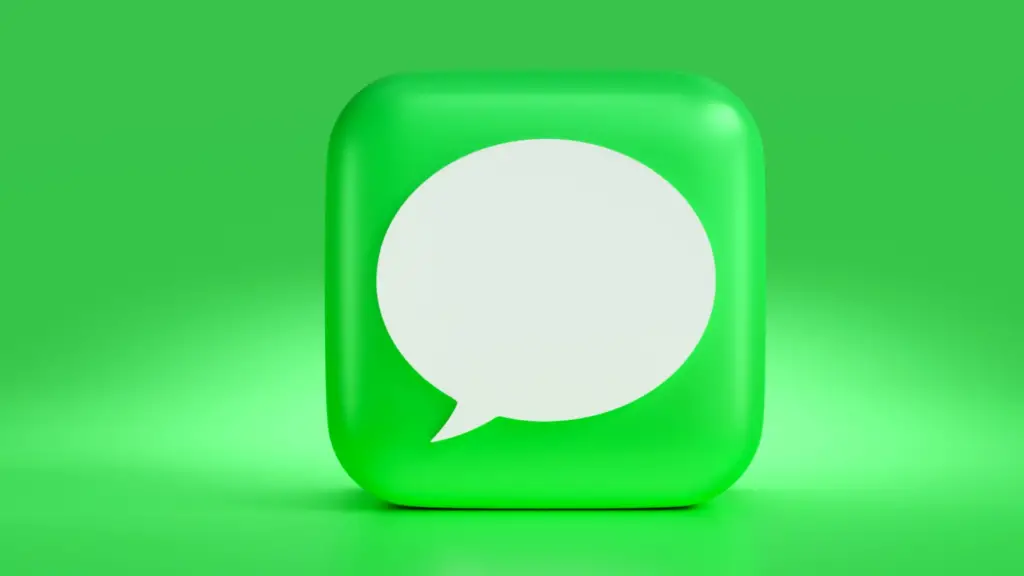
When it comes to iMessage, blocking limits the communication between the two parties. However, it might not directly affect location sharing. In some cases, the blocked user may still see the blocker’s location. It is crucial to disable location sharing manually in iMessage to ensure that the blocked person cannot access the information. To do this:
- Open the iMessage app and select the conversation with the person you wish to stop sharing your location with.
- Tap the “i” button in the upper right corner of the conversation page.
- Scroll down and tap the “Share My Location” option.
This will ensure that the blocked user cannot see the location through iMessage.
Family Sharing
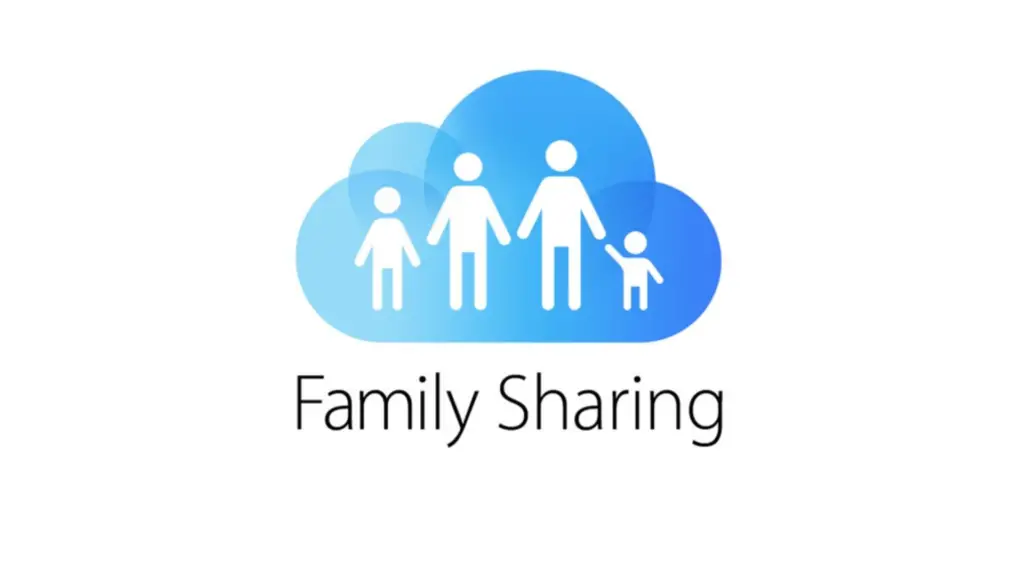
In the context of family sharing locations, usually, blocking someone does not directly affect location sharing. When a family member is blocked, they may still be able to see the blocker’s location. The appropriate settings within the Family Sharing options need to be managed separately to disable location sharing. To do so:
- Open the Settings app and tap your Apple ID at the top.
- Select “Family Sharing” and tap “Location Sharing.”
- Disable location sharing for the desired family member.
This action will ensure that even if a family member is blocked, they can no longer see the blocker’s location.
Unblocking and Restoring Location Visibility
How to Unblock a Contact on iPhone
To unblock a contact on iPhone, follow these steps:
- Open the Settings app.

- Scroll down and tap on Phone, Messages, or FaceTime (whichever app you want to unblock the contact in).
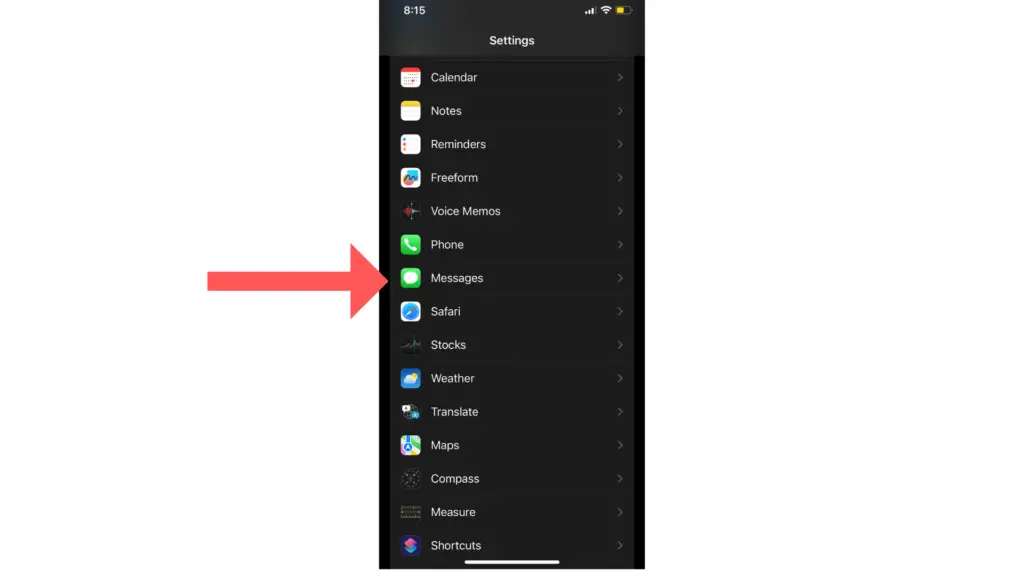
- Tap Blocked Contacts or Blocked.
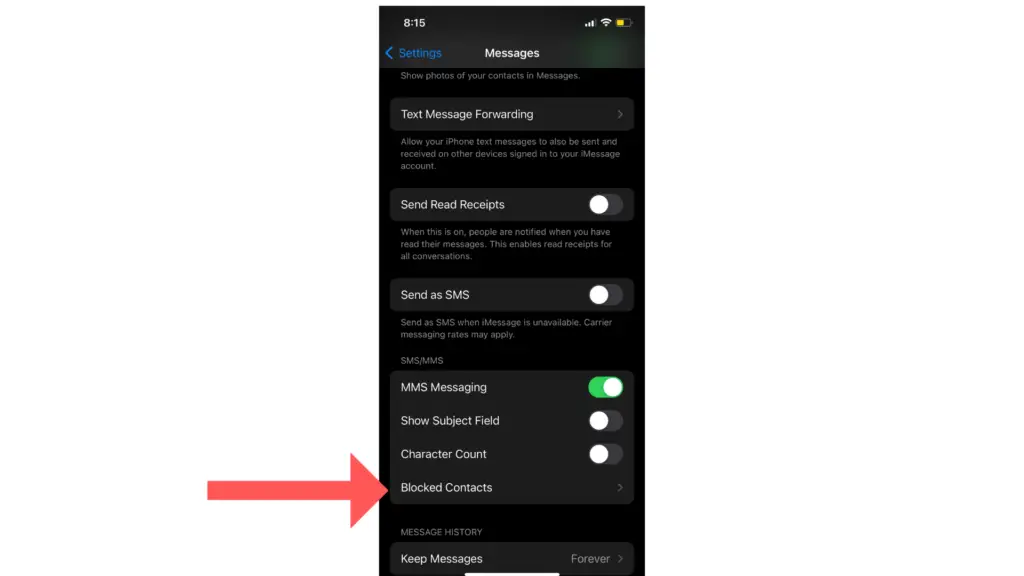
- Locate the contact you want to unblock and swipe it to the left. Tap the red Unblock button that appears.
Options for Restoring Location Sharing
Once a contact is unblocked, there are options for restoring location sharing with them:
- Ask them to share their location with you: To do this, go to the Find My app, tap People, tap the + button at the top, and search for the unblocked contact. Finally, tap Send Request.
- Share your location with them: In the Find My app, tap on your avatar at the bottom left, then tap Share My Location, and search for the unblocked contact. Lastly, tap Send Request.
Remember that both parties need to agree to share location updates, so your unblocked contact will have to accept the location-sharing request before you can see their location.
Privacy and Location-Sharing Considerations
Safety Tips
It is important to be cautious with location-sharing settings on your iPhone. This involves carefully choosing the people you share your location with and periodically reviewing your list of allowed contacts. In case of any concerns for your personal safety, Apple’s Safety Check feature can be used to immediately stop sharing your location with others.
Apple’s Approach
Apple emphasizes user privacy and has built-in privacy and security protections for its devices. To manage the information shared with people and apps, users can utilize Apple’s built-in tools. When it comes to blocking a contact, their location may still be visible to you through the Find My Friends app or other third-party applications. This is because blocking only affects emails and text messages, not location-sharing services. However, removing the contact from location-sharing lists can prevent further access to their location information.
While Apple values user privacy, location-sharing services are not restricted by blocking, highlighting a need for users to manage location-sharing settings separately. Apple’s approach remains focused on providing users with tailored control over their shared information while prioritizing safety and security.


